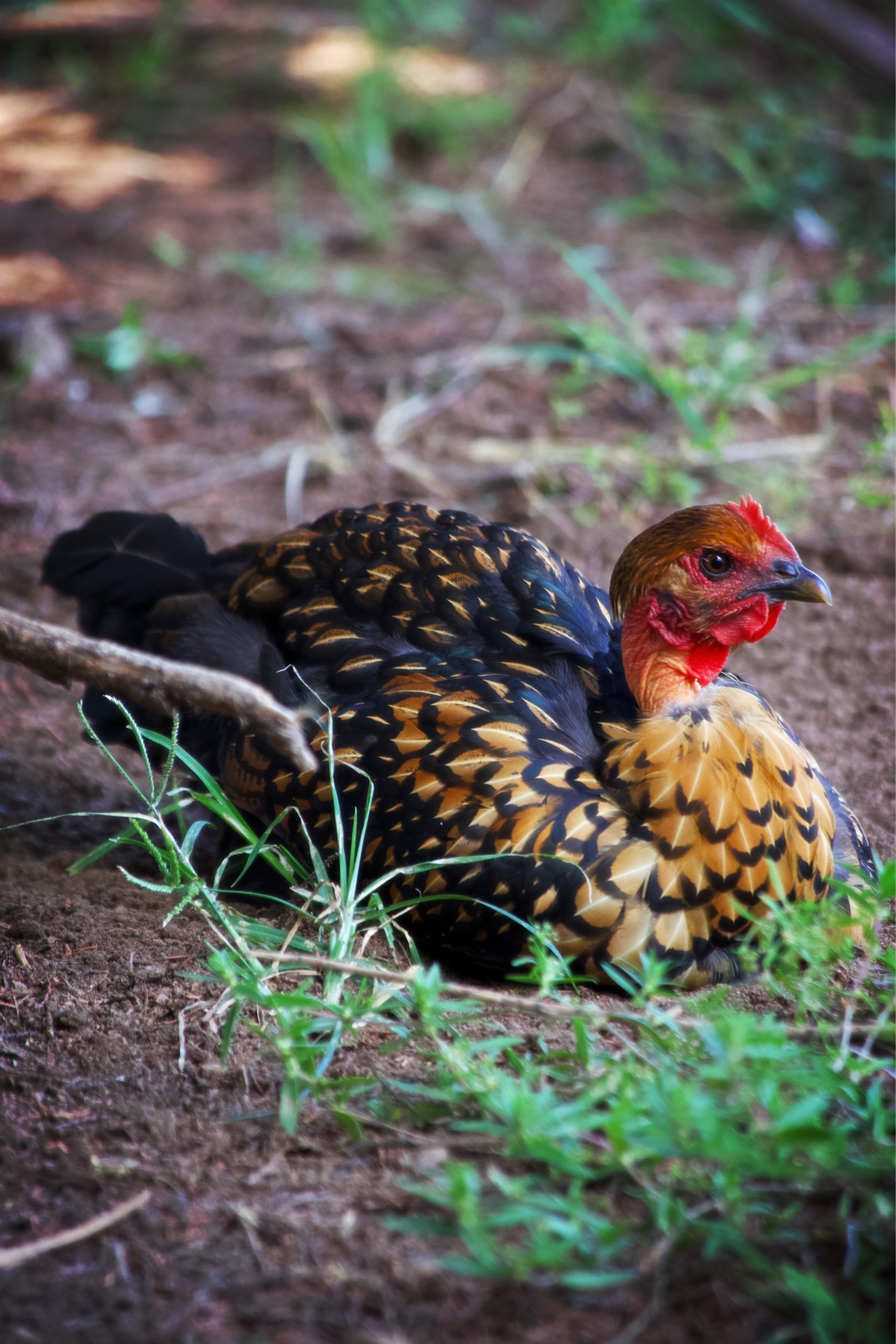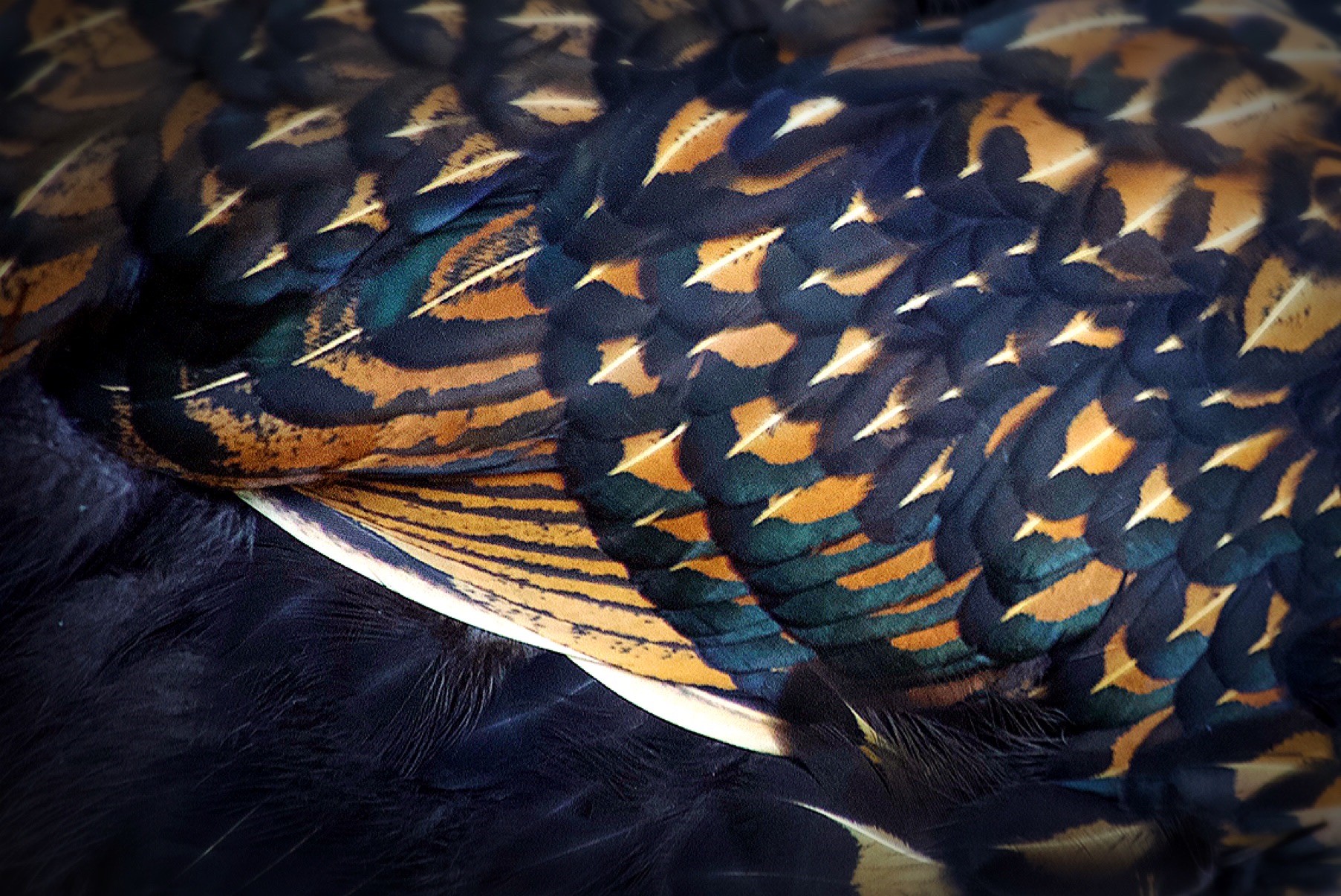One of the earliest chicken breeds created in United States, the Wyandotte has been around for well over 100 years. Early colonists were looking for a dual purpose bird that could manage the harsh winters of New York. By mixing breeds such as the Brahma, Silver Seabright, and Cochins, the early Wyandotte was created. The name origin is much debated, but many suspect they were named after the nearby Wendat Native American tribe.
The very first Wyandotte chickens were silver laced, and were first recorded in colonial 1870’s New York. Colonists wanted to create a dual purpose bird that did well in cold climates. By mixing breeds such as the Brahma, Silver Seabright, and Cochins, the early Wyandotte was created. The name origin is much debated, but many suspect they were named after the nearby Wendat Native American tribe.

A bird with good size and striking feathers, the Wyandotte was bred specifically as a dual purpose breed, meaning it excels as a meat bird and layer. Hens lay an average of 240 light tan, medium sized eggs per year.
The very first Wyandotte was a silver laced bird. Silver laced, means having white feathers, with a black outline around each feather. The thickness and pattern of Wyandotte feathers has been meticulously crafted for many years. It is this lacing that has helped them gain popularity. The golden laced variety came next. They have striking orange feathers, each lined by black. In addition to laced varieties, there are many solid colored Wyandottes, including but not limited to: black, red, red-brown, lemon blue, buff, blue, white, partridge, and Columbian. In addition to boasting over 18 (and counting), color varieties, all true Wyandottes share these similarities:
Full feathered, curvy bodies
Pronounced S- Curve in neck
Small; rounded head
Rose Combs
Featherless, yellow legs
Deep Chests
Exceptional in cold climates
Talkative and prone to be noisy
Broody as hens
Excellent free rangers
Dual Purpose

In a flock, Wyandottes can stand up for themselves. They are not bullies, but do refuse to buckle to any hen drama. They do well living in a mixed flock, and are more assertive members of the flock. Wyandotte roosters are impressive, reaching upwards of 9 lbs when fully grown. Hens average about 6-7 lbs at maturity. Both male and female Wyandottes tend to be dominant members of the flock. Hens like to go broody and make very defensive and successful others.
Although color can vary, all Wyandottes have small, rotund heads and a rose comb. The rose comb aids in frostbite prevention. All Wyandottes have a deep chest and yellow legs.The wattles, earlobes, and facial skin are all red. There are both bantam and standard varieties, with the lacing pattern being most popular, as well as the most difficult to achieve in standards of perfection.
Bred for the cold, Wyandottes excel in cooler climates. Their tight fitting feathers keep heat close to the body. Although they can do fine in warmer climates, extra care must be taken during heat spells to keep them from overheating.
The Wyandotte truly is a great, all-around American chicken. With a color to satisfy anyone’s tastes, these attractive chickens are a must for anyone with a mixed flock of backyard chickens.